
What’s scarier for Canadian communities — floods, or flood maps?
When maps showing areas most likely to flood are outdated, it puts people and property...
In recent years, alarm bells have been ringing about Alberta’s reservoirs running dry. Those fears have dwindled, but many reservoirs are currently below normal levels and much of the province is currently in drought or extreme drought conditions.
The looming possibility of drought meant Calgary’s water woes were already front of mind when a massive water main broke in Calgary in June 2024, but nobody was prepared for such a sudden and drastic change in water fortunes. Overnight, the city’s supply shrank by 60 per cent. The water was there, sitting in a reservoir. It just couldn’t be delivered.
Now, for the second time in as many years, Calgary is once again asking residents to ration water use after a main water line ruptured again on Dec. 30.
Calgary Mayor Jeromy Farkas described the latest break as “a major failure in critical infrastructure,” which means the city is currently in the “red zone,” according to The Globe and Mail.
It’s an unusual scenario for a city experiencing a water shortage. Shortages, usually caused by drought, can often be predicted — and cities can do what’s in their power to prepare. Water main breaks serve as something of a dress rehearsal.
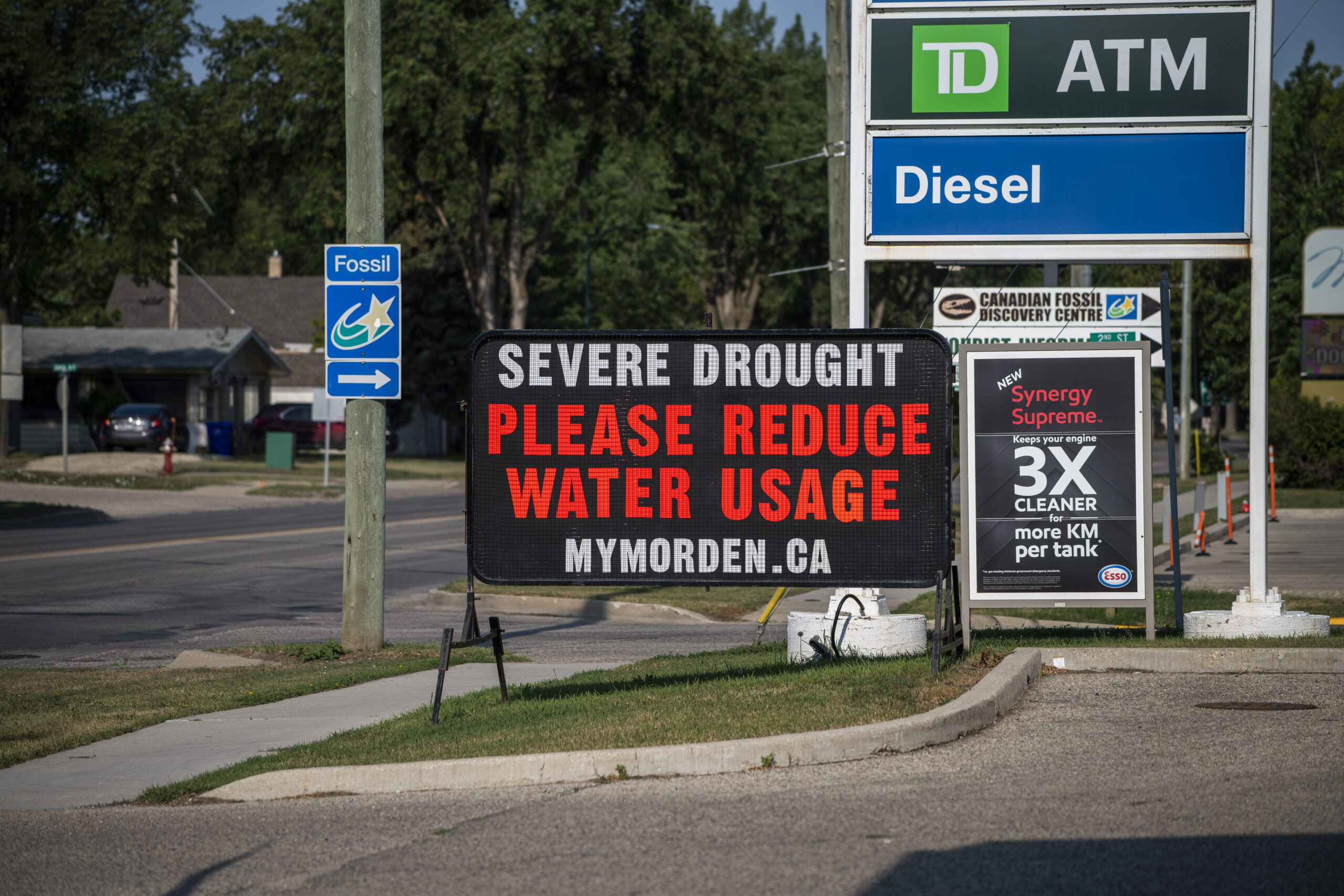
A slow-moving water crisis is almost guaranteed for Calgary and southern Alberta in the near future. A plan and quick action will be needed to prevent a worst-case scenario where reservoirs could potentially dry up in a drought.
Increasingly, it’s not a question of if, but when.
Melting glaciers, less snow, longer dry spells and sudden downpours are all forecast for the region as the climate changes. Even without those changes, research shows the region has a long history of droughts that can last decades.


From rationing water to investing in rain gardens and natural storm sewers and even recycling wastewater, there are lessons to be learned from cities and regions facing crises brought on by drought, or those planning ahead with an eye to the water line.
Here’s how some cities around the world — from the Colombian capital of Bogotá to the Alberta town of Okotoks — are thinking about water use.
Calgary’s water crisis is temporary. The city is not under threat of running out of water to supply to its residents anytime soon — once the pipe is fixed.
In 2024, there were warnings about taps running dry, but the city managed to stay below the thresholds that would crater the system. This time around, residents have again been asked to curtail water use and avoid water-guzzling activities like watering lawns and washing cars.
But other regions around the world face chronic water issues.
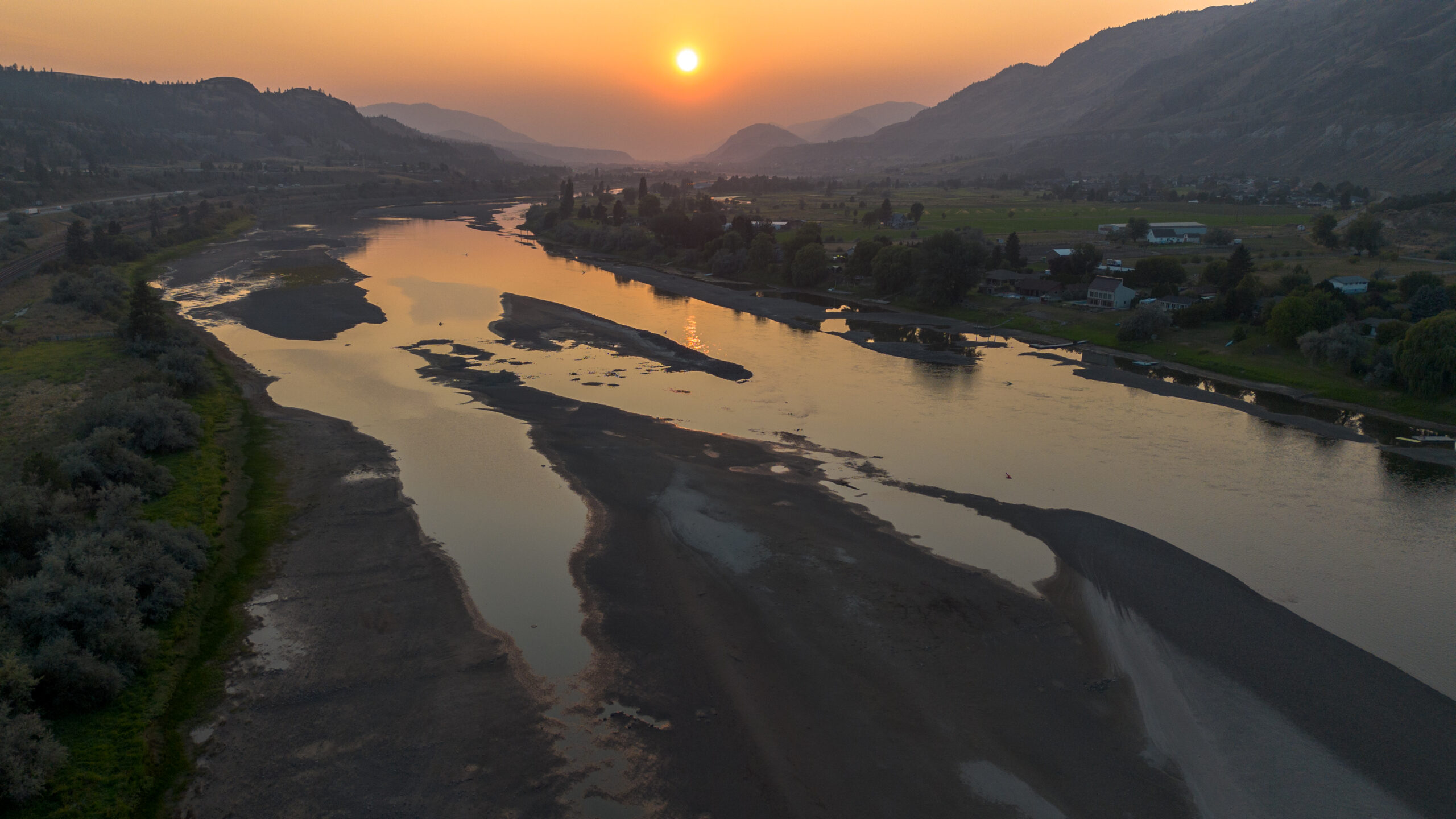
In Mexico City, a combination of perennial overuse of water supplies, ageing infrastructure that leaks vast quantities of water (40 per cent) and a drought combined to generate a looming water crisis in 2024, threatening surface water that provides 27 per cent of the city’s supply.
At the time, water was already rationed in 284 neighbourhoods throughout the city, where, on some days, water either didn’t come out of the taps or wasn’t delivered by trucks.
It was the same story in Bogotá, Colombia, where drought dropped the main reservoir to its lowest recorded level and forced the city to implement rationing in 2024, with designated zones cut off from water on a rotating basis for about a year. During that time, the city could fine residents for exceeding an allotted amount of water each month.
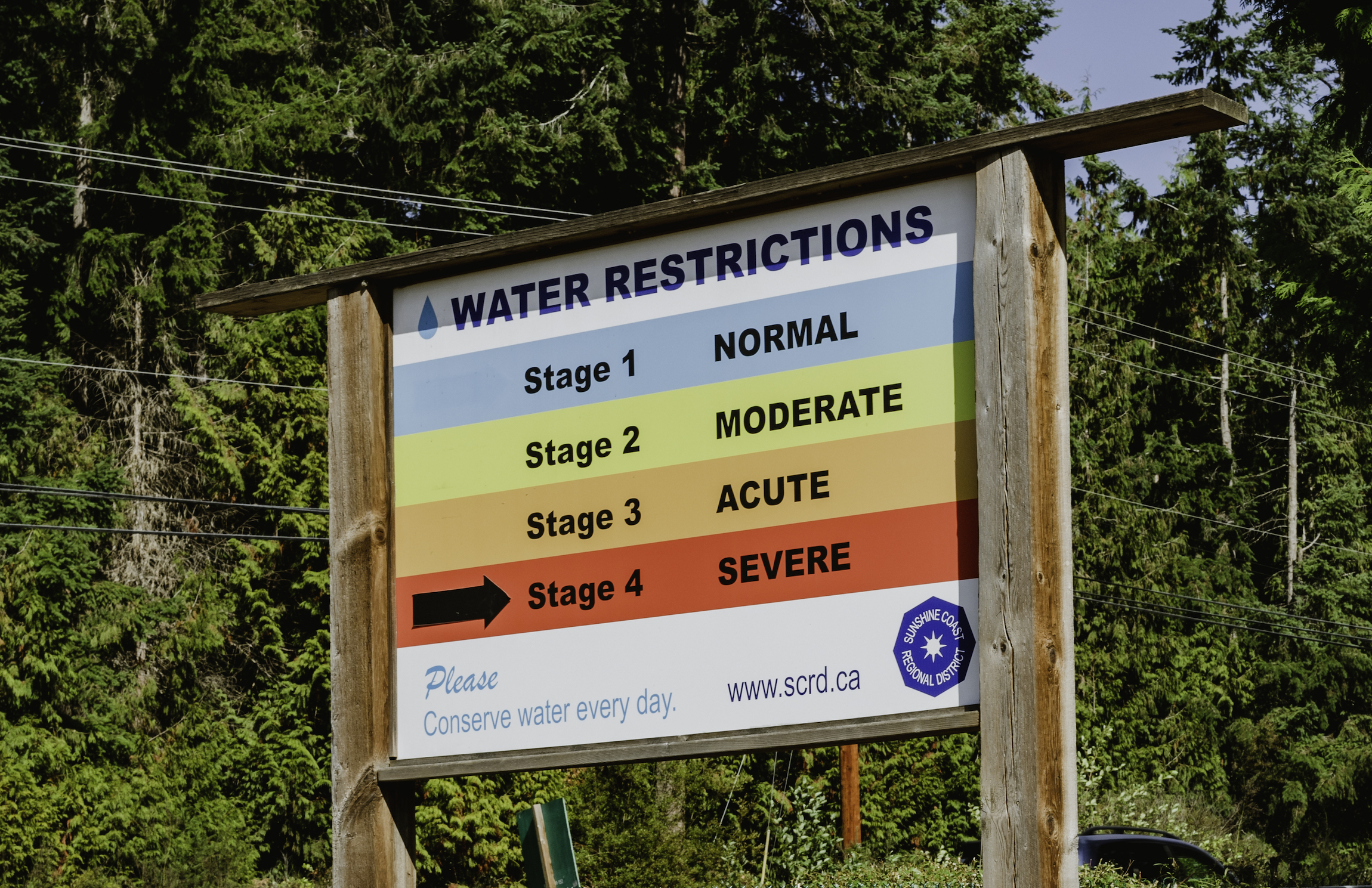
Those two examples and others, including Cape Town in South Africa, aren’t perfect analogies for Calgary, where the infrastructure is relatively well maintained and the system is well managed — despite the recent catastrophic breaks. But they serve as warning signs about the kind of actions needed if a crisis hits and a city is unprepared.
They also highlight the need for continued investment in water infrastructure and conservation and the need for forethought and long-term solutions to address both supply and demand — before a crisis.
In most of Canada — aside from the many First Nations communities without access to clean water — people take it for granted the water will flow when they turn on the taps. They know the treatment plants will clean it, the pipes will deliver it and problems will be solved quickly.
Those systems, however, are under strain.
Ashley Rawluk is a water-policy advisor with the International Institute for Sustainable Development, an independent think tank headquartered in Winnipeg. She said investments in water infrastructure across Canada have not kept pace with depreciation. That’s particularly true on the Prairies.
“Stats Canada has reported that between 2017 and 2021, the depreciation of our water-related infrastructure outpaced investments by nearly $3 billion,” she told The Narwhal in 2024, referencing numbers the institute crunched in a 2023 report. “So we’re seeing almost 22 per cent greater depreciation than we’re seeing investment.”
Rawluk said it’s important not just to focus on things like dams and pipes — so-called grey infrastructure — that can help store water for drier times, but to also invest in natural solutions that help clean and retain water while saving money in the process.
Natural infrastructure can include restoring wetlands or grasslands, or incorporating engineered solutions such as naturalized stormwater ponds, green roofs and rain gardens, which are shallow, low-lying gardens created to collect rainwater.


A 2024 report from the institute highlighted examples of natural solutions, including a plaza in Edmonton that not only serves as a community gathering place but also collects and stores stormwater to keep trees alive, retains moisture and helps remove contaminants from the water.
Rawluk also highlighted preservation of ecosystems, pointing to New York City, which invested heavily in protecting the forested watersheds it relies on for drinking water instead of having to spend money on water treatment plants.
She said the city has saved an estimated $10 billion by avoiding paying for a water-filtration plant, plus several hundred million more on annual operating costs. “That’s a really good example that does show the potential return on investment,” she added.
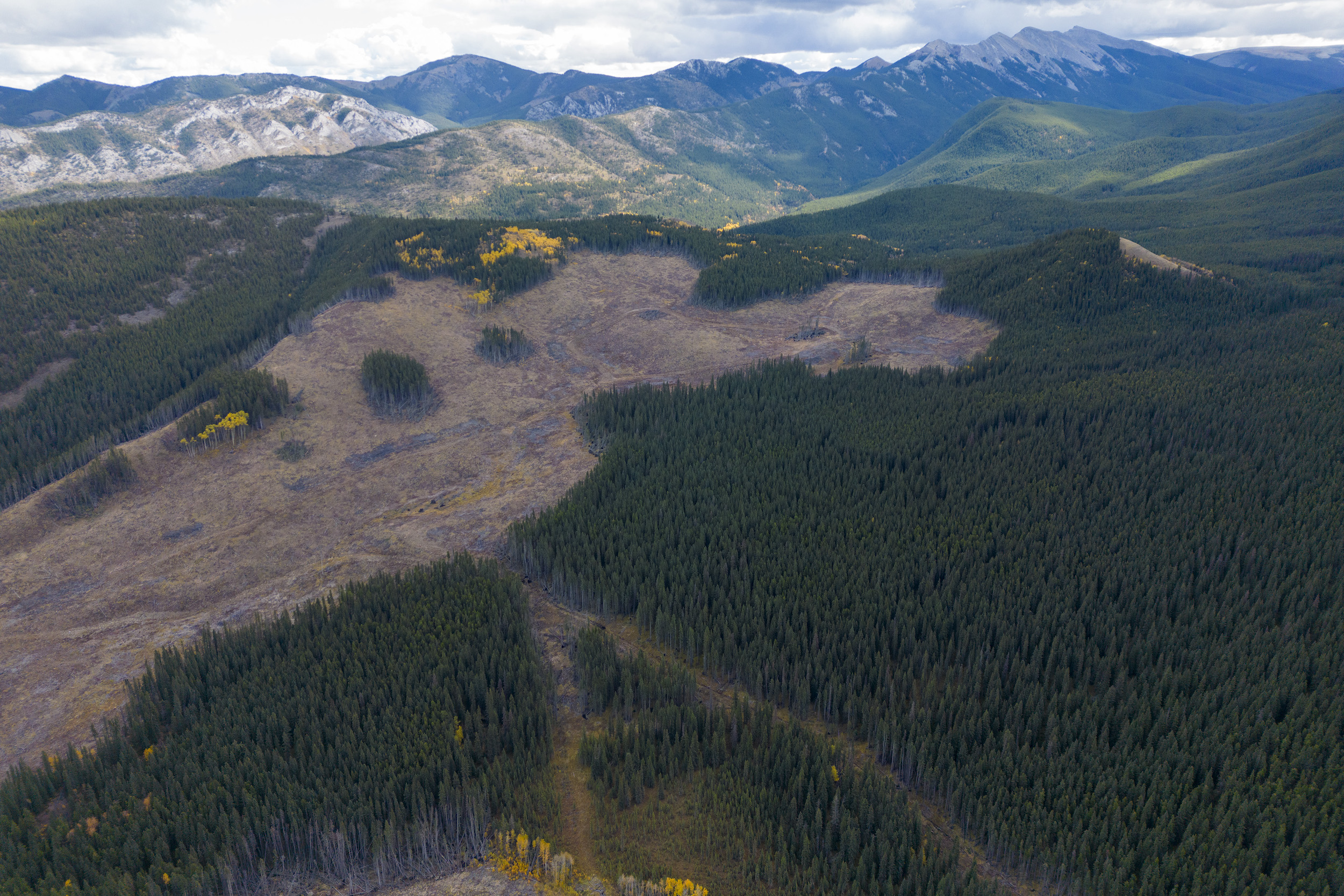
Such solutions can make it easier for a city to maintain a clean supply of drinking water during droughts.
In other areas, including in San Diego in drought-prone southern California, recycling wastewater is becoming a bigger focus. San Diego aims to generate 50 per cent of its drinking water supply from recycled sources by 2035. Israel recycles 90 per cent of its wastewater. Both have turned to desalination of sea water for supply, but the practice consumes huge amounts of energy and isn’t practical for areas without a shoreline.
Yet all these initiatives only address one side of the supply-demand equation.
Canadians consume a lot of water by global standards. According to Statistics Canada, total per capita water use by households was 223 litres per day across the country in 2021, with wide variation between regions. For comparison, European households use an average of just 144 litres of water per capita each day.
In Alberta, the average is 195 litres per person per day and in Calgary it was 170 in 2023, according to the city.
Per capita demand has fallen steadily across the country in recent years. In Calgary, consumption per capita has decreased 30 per cent over the past 20 years, though this measure includes other uses beyond purely household consumption.
Curtailing demand further will be critical, even without a severe drought.
Drought is a big problem in Canada — and it’s getting worse
Evan Davies, an engineering professor at the University of Alberta who studies water planning and management, said at the time of the 2024 Calgary water line break that a combination of technology and behaviour comes into play when trying to reduce demand.
Restrictions on watering lawns help, but he said governments also need to create incentives to tear up lawns and create drought-resistant yards using native plants — which can have a noticeable impact on outdoor water use. Low-flow toilets, low-flow faucets and efficient appliances can also have a big impact — but all of those solutions can require personal investments and take years to gain traction in a big way.
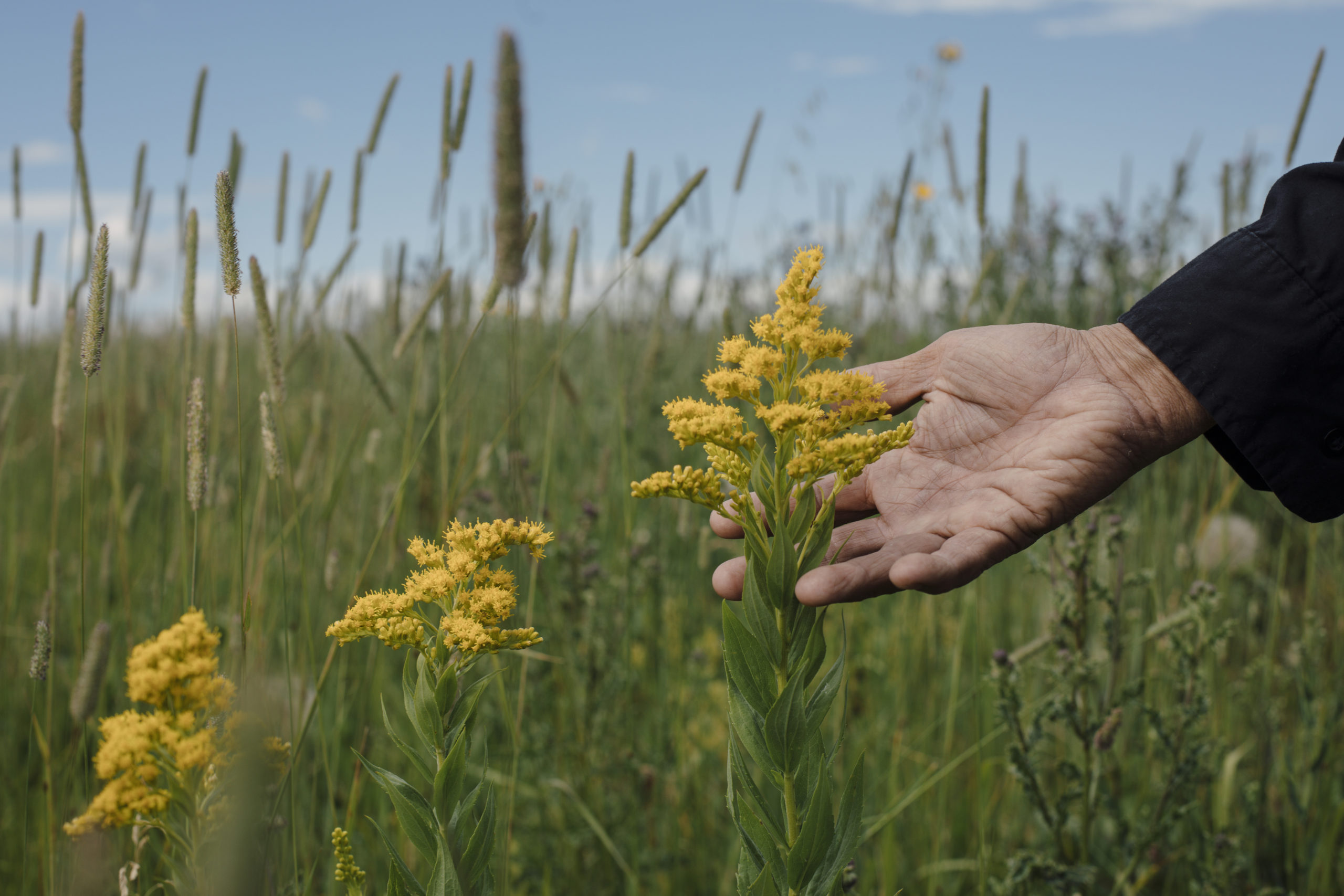
If water shortage problems are serious enough, Davies said they will require long-term behavioural changes and possibly economic measures to encourage those changes.
He points to what’s known as a block tariff — a municipal system, like the one in place in Edmonton, where users pay different amounts for different consumption levels. In this type of system, the first “block” of water a household uses is the cheapest. “That would cover your daily drinking water, maybe eating and cooking uses, but not a whole lot more,” Davies said. “As you start to use more, your water costs go up.”
Just outside Calgary’s southern city limit, the town of Okotoks has an outdoor water schedule that restricts usage based on the days of the week. It’s been in place since 2008. Okotoks has also implemented a block-tariff billing system and provides incentives for residents to tear out their lawns.
The town also says it has one of the lowest water consumption rates per capita in the country — almost half that of Calgary’s — though this metric includes other uses beyond purely residential consumption.
Ben Morgan, then a town spokesperson, said in 2024 that Okotoks’ policies were not due to an acute water shortage but because the town wants to be a good steward of its water supply.

“The water schedule was never in place as a water-scarcity measure,” he said in an interview at the time of the 2024 Calgary water restrictions. “It was simply put in place for water conservation. The idea of taking treated water and spraying it on your driveway or watering a lawn just didn’t jive and sit well with the community of Okotoks as a whole.”
The town is exploring expanding its supply through a new pipeline from the Bow River and has purchased additional water licences over the years to accommodate growth, but remains focused on reducing demand.
“The water schedule in Okotoks will never go away,” Morgan said of the tiered pricing plan. “It’s been there since 2008. It’s part of our DNA.”
As Calgary worked to fix the water main that forced Calgarians to drastically cut back on water use in 2024, the city discovered more of the pipe required urgent repair. Initial estimates that it would all be over in a matter of days were cast aside.
Parts were shipped in and crews worked around the clock. The province also approved temporary withdrawals from the Bow River for industries like construction and commercial landscaping hampered by a lack of water access.
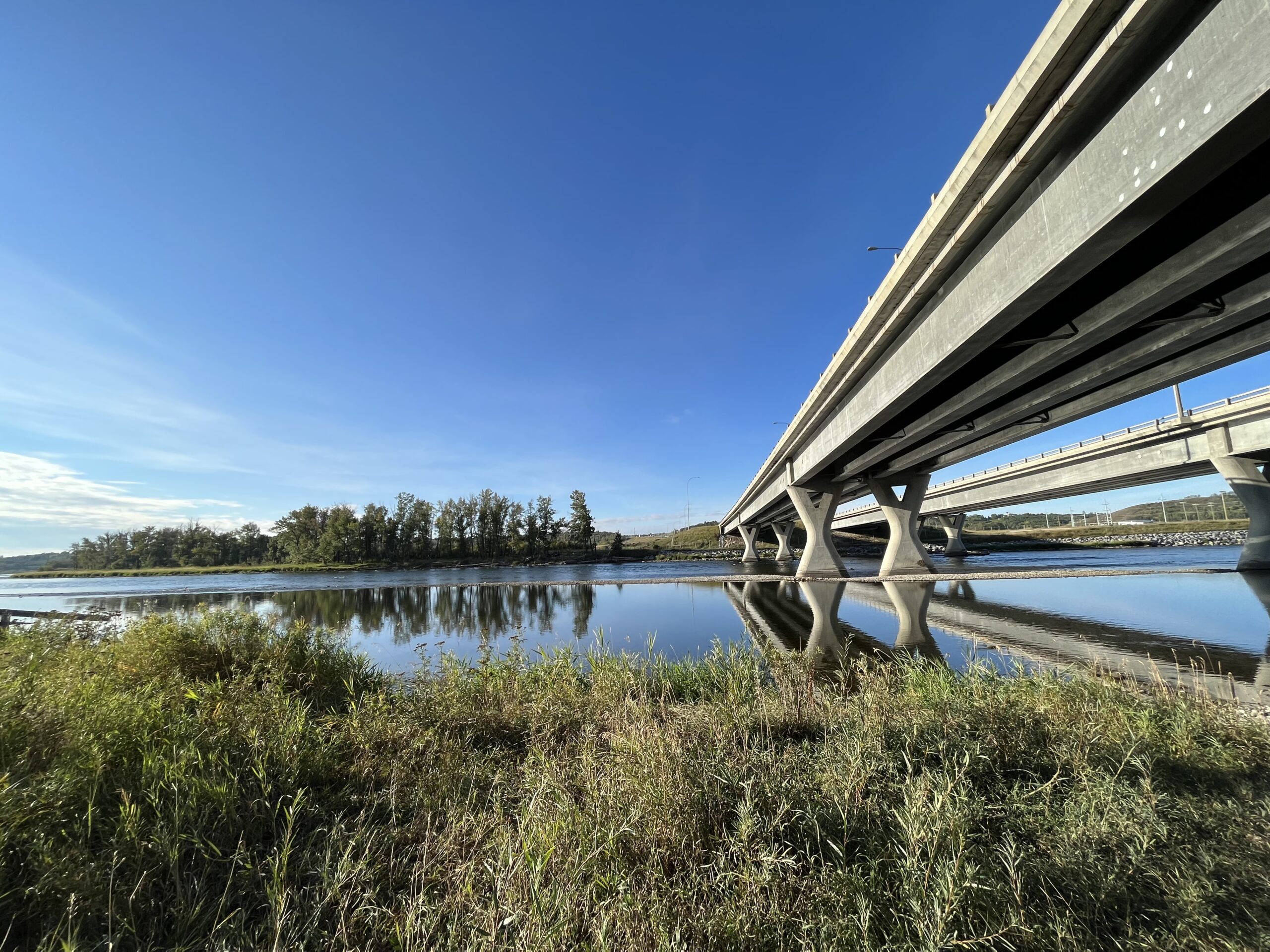
Usage, meanwhile, remained well below the threshold set by the city to ensure adequate supply for several days. Calgarians filled whatever containers they could find with rainwater.
This time around, residents have been slow to decrease their use of water, with officials pleading for a reduction in demand in the days after the break.
“Reducing water use right now is critical,” Calgary Emergency Management Agency chief Sue Henry said. “Every litre saved helps stabilize the system and speeds up our recovery. Adequate water levels are needed to ensure collectively we have enough water for critical infrastructure, emergency services and Calgarians.”
Regardless, the water will flow again, but experts say conservation remains key for the future.
Mexico City is facing its day of reckoning, where approximately one-quarter of an already strained and inadequate water supply could evaporate in the heat of summer. In Bogotá, it’s much the same. Soaring temperatures across the planet and poor investment and maintenance are stretching water resources to the breaking point.
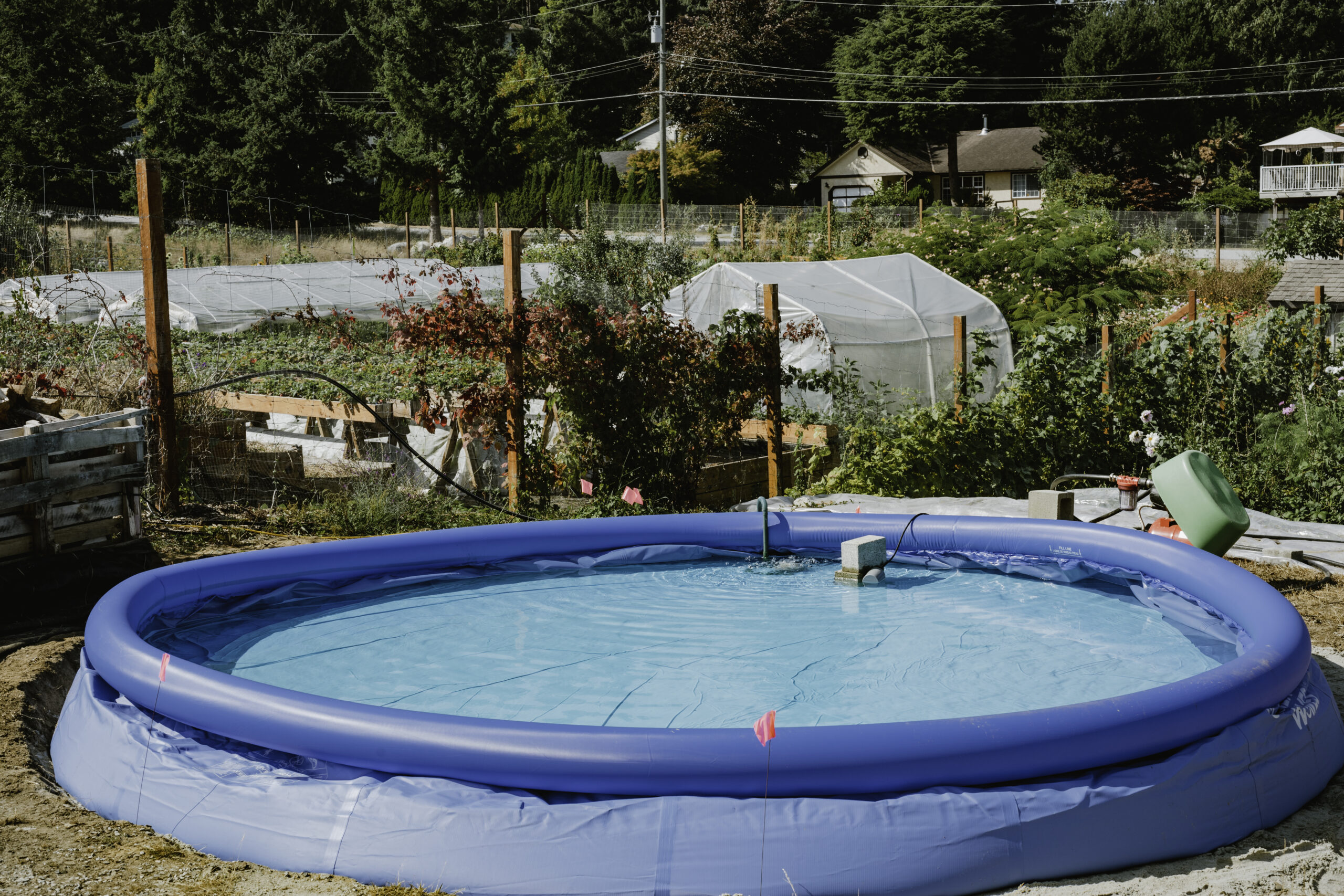
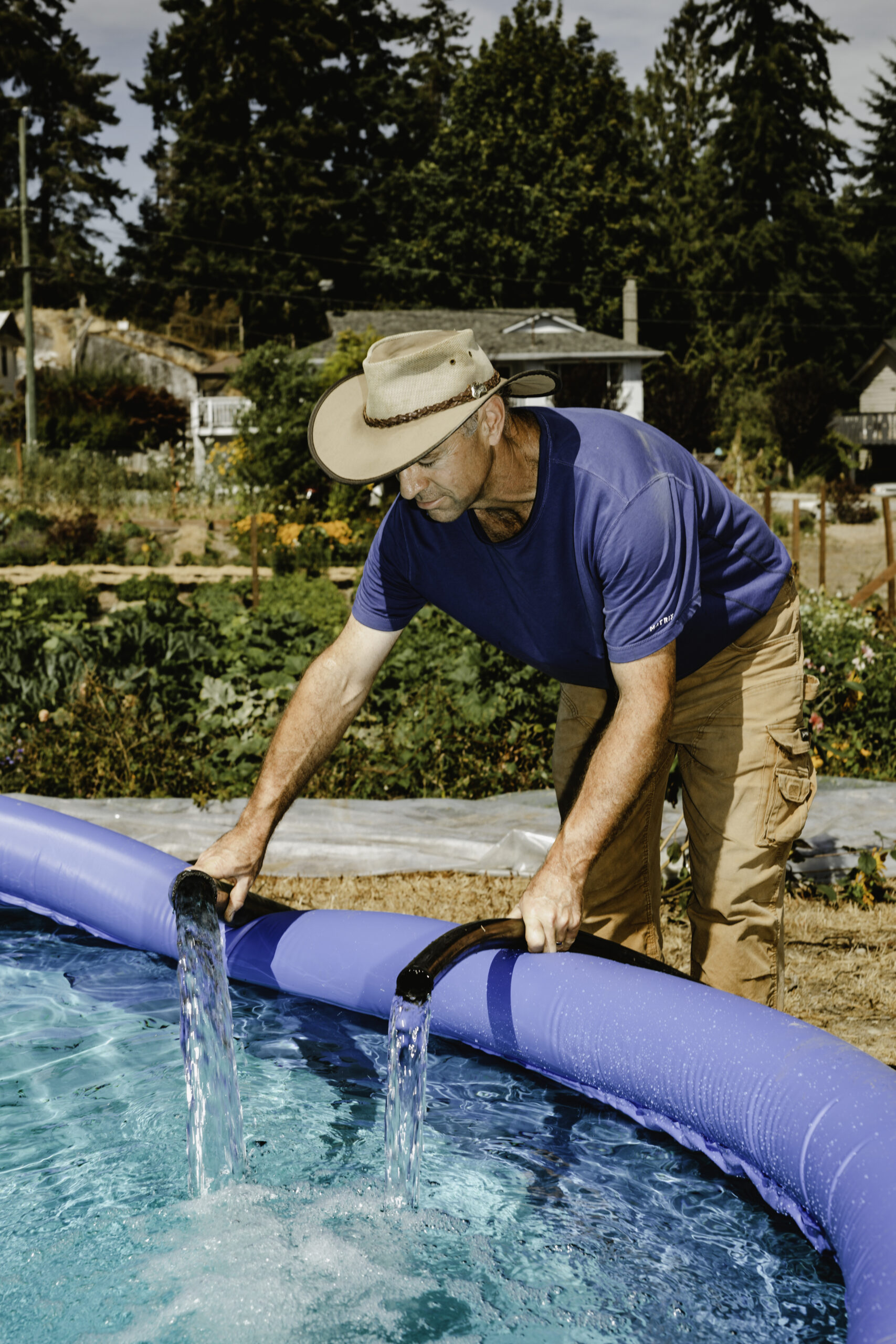
For Rawluk, it’s clear we need to start thinking differently and follow the example of Calgarians who collected rain in their backyards during the 2024 Calgary water restrictions.
“When rain falls, we just want to get it off the land, we want to move it away as quickly as possible and kind of move on,” she said. “We really need to stop seeing that rainfall as an inconvenience and start to realize this is a resource we need to preserve and manage.”
There are some relatively simple solutions that are widely known for cities, industry and individuals to implement.
The solutions themselves, she said, are simple. But then there are financial factors at play. “At the government level when you have pressing priorities, I think it makes things become a little more complicated,” she added.
Updated on Jan. 2, 2025, at 12:35 p.m. MT: This story has been updated to include information about Calgary’s recent water line break.
Enbridge Gas will face Waterloo Region in a hearing before the Ontario Energy Board to renew an agreement that would allow the company to continue...
Continue reading
When maps showing areas most likely to flood are outdated, it puts people and property...

We’re suing the RCMP for arresting a journalist on assignment for The Narwhal. It’s an...

As glaciers in Western Canada retreat at an alarming rate, guides on the frontlines are...